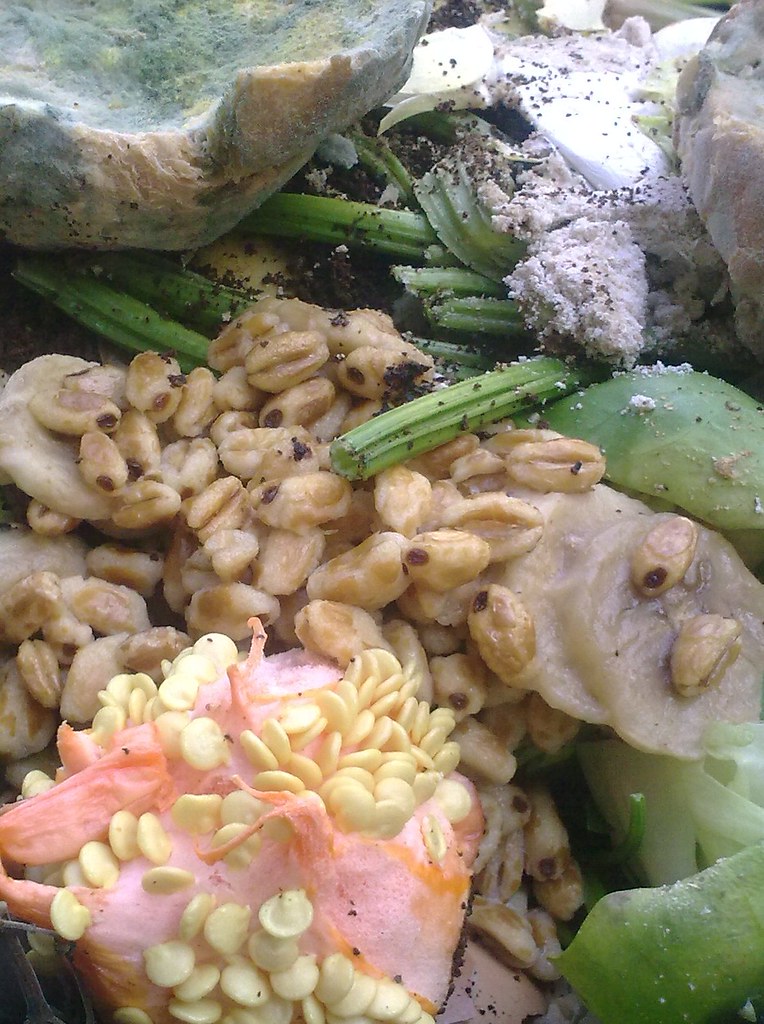Context:
Recently, the United Nations Environment Programme (UNEP) and WRAP (Waste and Resources Action Programme), co-authored the Food Waste Index Report 2024.
Key findings of the report
- As per the report “Food waste” is defined as food and the associated inedible parts removed from the human food supply chain.
- 783 million people were affected by hunger and a third of humanity faced food insecurity
- Around 19 per cent of food available to consumers was lost overall at retail, food service, and household levels.
• The report was released ahead of the International Day of Zero Waste (March 30).
- On 14 December 2022, the United Nations General Assembly adopted a resolution at its seventy-seventh session to proclaim 30 March as International Day of Zero Waste, to be observed annually
WRAP (Waste and Resources Action Programme)
- It is a UK-based climate action NGO established in 2000 working around the globe to tackle the causes of the climate crisis and give the planet a sustainable future.
- Headquarters: Banbury, United Kingdom
- As per the report in 2022, there were 1.05 billion tonnes of food waste generated (including inedible parts), amounting to 132 kilograms per capita and almost one-fifth of all food available to consumers.
- At present, only four G-20 countries (Australia, Japan, the U.K., U.S.) and the European Union have food waste estimates suitable for tracking progress to 2030.
- Hotter (Close to the equator) countries appear to generate more food waste per capita in households, potentially due to higher consumption of fresh foods with substantial inedible parts and a lack of robust cold chains.
- The report found that food loss and waste generated “8-10% of annual global greenhouse gas (GHG) emissions – almost 5 times that of the aviation sector.
- As of 2022, only 21 countries had included food loss and/or waste reduction in their climate plans or Nationally Determined Contributions (NDCs)
- Many low- and middle-income countries continue to lack adequate systems for tracking progress to meet Sustainable Development Goal (SDG) 12.3 of halving food waste by 2030.
Sustainable Development Goal 12
(SDG) Target 12.3: By 2030, halve per capita global food waste at the retail and consumer levels and reduce food losses along production and supply chains, including post-harvest losses.
- Indicator 12.3.1(a) The Food Loss Index, measures losses for key commodities in a country across the supply chain, up to but not including retail. The Food and Agriculture Organization (FAO) is its custodian.
- Indicator 12.3.1(b) the Food Waste Index, measures food and inedible parts wasted at the retail and consumer levels (food service and households). The United Nations Environment Programme (UNEP) is its custodian. In contrast to the Food Loss Index, the Food Waste Index measures total food waste (rather than loss or waste associated with specific commodities).
India’s Position on Food Wastage
- Around 74 million tonnes of food is lost in India every year which is 22% of foodgrain output or 10% of total foodgrain and horticulture production, put together in 2022-23.
- The FSSAI (Food Safety and Standards Authority of India) reported that 1/3rd of all food produced in India gets wasted or spoilt before it is even eaten
What is food loss?
As per the report “food loss” is defined as “all the crop and livestock human-edible commodity quantities that, directly or indirectly, completely exit the post-harvest/slaughter production/supply chain and excluding the retail level”
- The leading consequence of food wastage in the country is its direct contribution to malnutrition and starvation.

